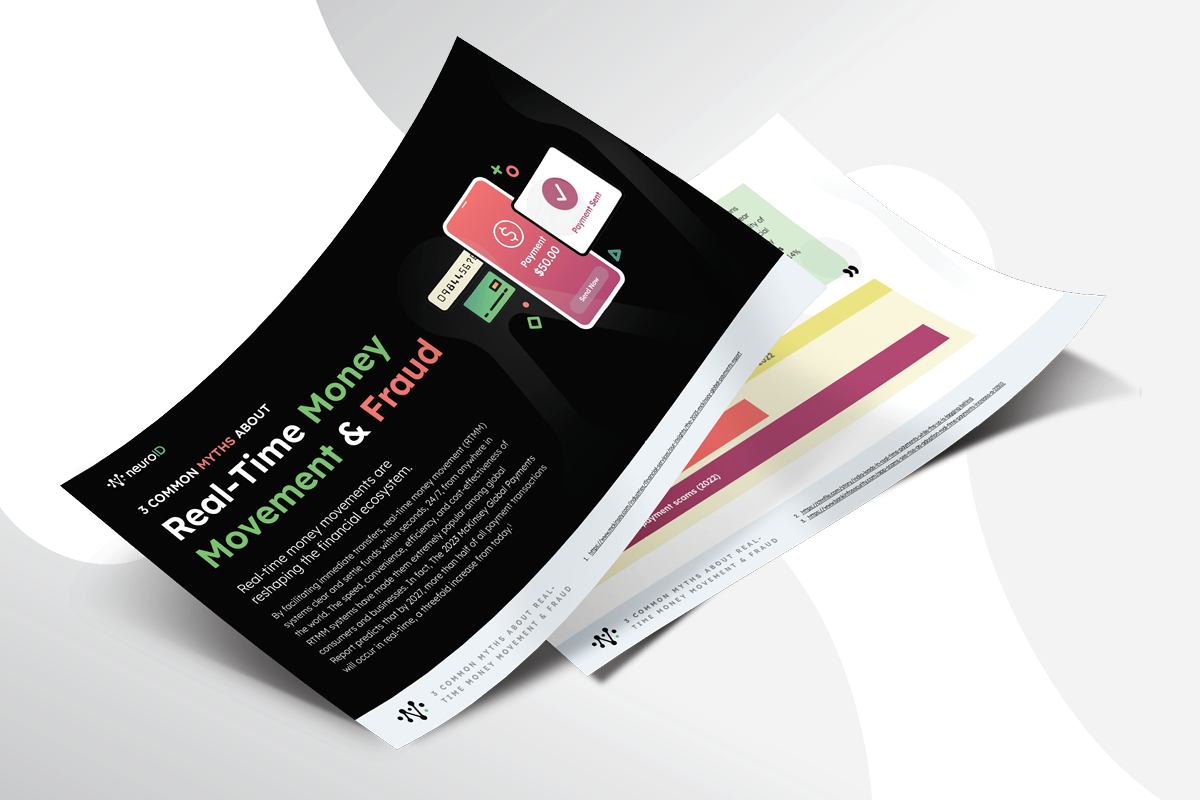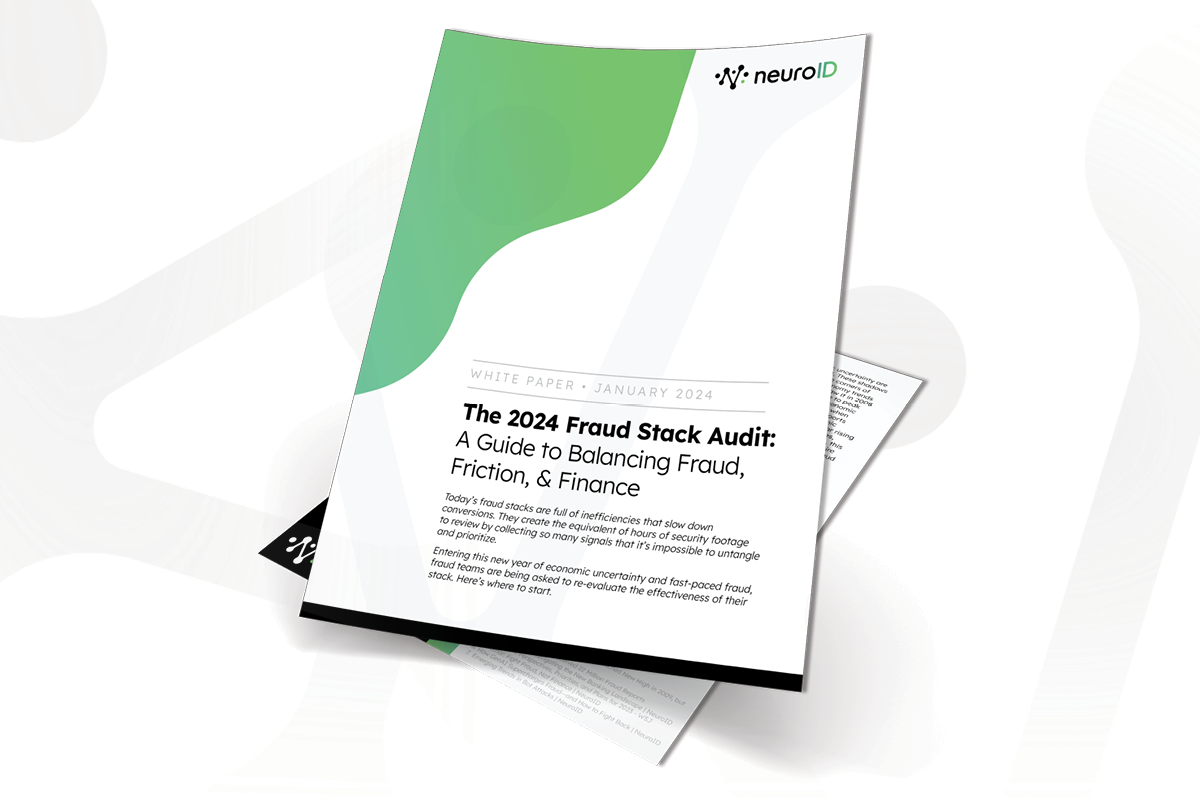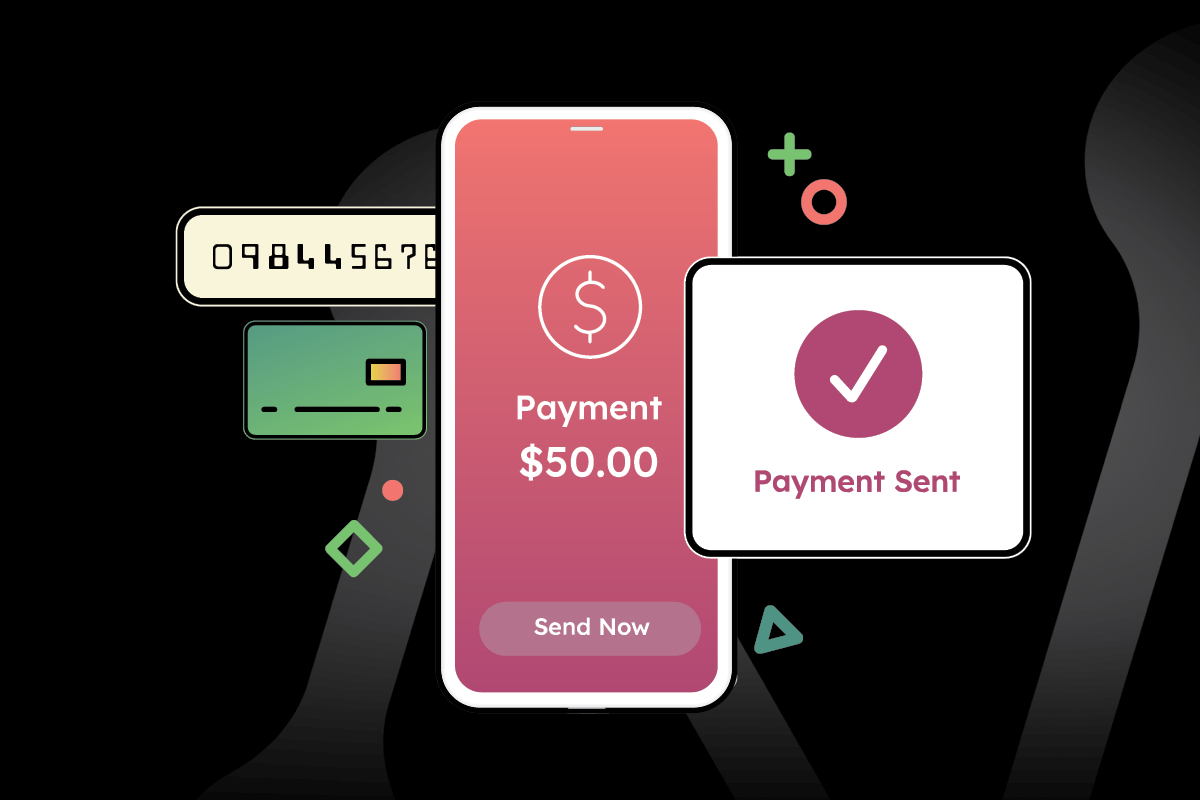
3 Real-Time Money Movement & Fraud Trends to Watch Out For in 2024
As I’ve traveled to conferences and met with colleagues during the closing months of 2023, one subject routinely popped up: real-time money movement (RTMM). And for good reason: there’s no question that real-time money movement is on the rise. In 2022, 195 billion real-time transactions were recorded globally—a year-over-year growth of over 60%. 80% of consumers want to make payments faster and more directly, and the launch of FedNow brings that dream closer to reality.
RTMM was a hot topic at Money 20/20 in October. Across the industry, I’m hearing people talk more and more about its impact on the payments landscape. We’re still waiting for 2023’s data, but I expect to see RTMM’s momentum carry through 2023 and into 2024. RTMM shakes up the financial industry, and the rise of instant transactions will drastically change not just how money moves, but how fraudsters chase it. Here are three big trends in RTMM and fraud that I’m expecting to see in the year ahead, and how you can prepare today.
Prediction 1: Real-Time Money Movement Systems Will Skyrocket in the US
Of the 195 billion real-time transactions recorded in 2022, the United States accounted for just 1.2%. Hidden in that 1.2%, however, are trends that reveal the exponential growth of RTMM in the US. Instant payments grew over 60% in the US in 2022. And in that time, The Clearing House’s RTP system processed 172.6 million transactions, a 39% increase from 2021.
Over the last decade, multiple real-time payment providers have popped up and gained traction with consumers: Visa Direct, Mastercard Send, and Zelle, to name a few. But the July 2023 launch of FedNow was the most impactful shake-up to the real-time payments and general real-time money movement transition to date. FedNow, the Federal Reserve’s instant payment service, is available to over 10,000 banks and credit unions, making real-time payments available to more businesses and consumers than ever before. The U.S. Department of the Treasury is participating in FedNow, meaning Social Security payments, veterans benefits, tax refunds, and more will be available to consumers in real time. FedNow and the Treasury will put RTMM center stage, showcasing its benefits and convenience to a massive audience.
Expect FedNow to be a major catalyst for the growth of RTMM. In the US, real-time transactions are expected to grow 364% by 2026. Between FedNow’s first full year of availability and the continued growth of its real-time payments counterparts, I’m anticipating that 2024 will be the biggest year yet for real-time money movement, and it’s likely to start sooner than you think. January is a known peak season for fraud, with March close behind with a 37% increase in fraud attacks compared to the monthly average. These attacks are twice as likely to be associated with sophisticated fraud rings, including the kind who target RTMM (this data comes from our soon-to-be-released fraud seasonality report—sign up here to get a free copy when it’s published).
Prediction 2: Real-Time Money Movement Will Become Fraudsters’ Favorite Playground
RTMM transactions are instant and irrevocable—two words that catch fraudsters’ attention. With instant transactions increasing in both volume and size (FedNow’s $500,000 transaction limit greatly exceeds its predecessors’ limits), fraudsters are well-positioned to take advantage of vulnerable businesses and consumers.
Social engineering scams have long been dangerous for both businesses and consumers, but RTMM makes the threat even more potent. Losses from Authorized Push Payment fraud, or APP fraud, are on track to hit nearly $7 billion by 2027. The irrevocability of real-time payments means that these losses are extremely difficult to recover, plunging scam victims and their banks into a grey area of liability.
In addition to APP fraud, the rise of real-time money movement has coincided with increasing access to fraud tools and tactics. Advanced bots and scripts used to be exclusive to only the most sophisticated fraudsters, but AI has made them increasingly accessible. These superpowered bots are designed to attack relentlessly and are perfectly equipped to exploit instant transactions, potentially causing massive damage.
Prediction 3: Real-Time Money Movement Will Render Traditional Fraud Solutions Ineffective
In the age of RTMM, fraud solutions need to be as quick and efficient as the service they’re protecting. Consumers are expecting streamlined processes that provide instant access to real-time payments. But relying on PII alone to make instant decisions leaves gaps for fraudsters to sneak through: 85-95% of potential synthetic identity applicants are not flagged by traditional fraud models.
In other words: if you plan to take 48 hours to manually review an application, that customer will take their business elsewhere. On the other hand, traditional fraud methods rooted in historical data and batch processing may not be equipped to handle the speed and irrevocability of real-time payments, allowing fraudsters and sophisticated, AI-enhanced scripts to exploit vulnerabilities. In 2024, traditional fraud solutions will prove too cumbersome for consumers and too predictable for opportunistic fraudsters.
Real-time money movement needs a real-time fraud solution. Today’s fraud mitigation solutions need to utilize signals beyond PII, documents, or phone and email verification. They need to be passive, instant, deterministic, and, most importantly, adaptive to your business’s needs. By implementing NeuroID’s behavioral analytics, you can provide frictionless, streamlined experiences for customers while proactively protecting against evolving fraud attacks.
To learn more about the challenges of real-time money movement, and how behavioral analytics can be your first line of defense against them, download our ebook 3 Common Myths About Real-Time Money Movement and Fraud.




